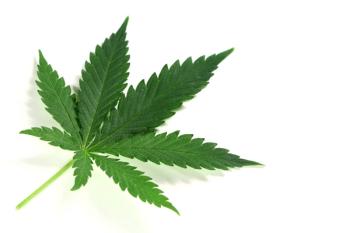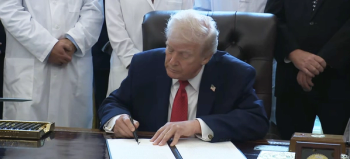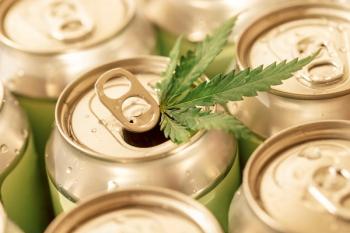
The EPA’s First Conventional Pesticide Tolerance for Hemp Seeds
What is ethalfluralin and what does this herbicide have to do with growing hemp?
In mid-August, the US Department of Agriculture (USDA) National Institute of Food and Agriculture (NIFA) published an article on ethalfluralin and its first conventional pesticide tolerance for hemp seed (1).
According to their website, NIFA was created as a result of the 2008 Farm Bill and “provides leadership and funding for programs that advance agriculture-related sciences (2). We invest in and support initiatives that ensure the long-term viability of agriculture,” the organization stated (2).
Referencing information published earlier this year by the Minor Crop Management Program Interregional Research Project #4 (the IR-4 Project), the article from NIFA explained how the conventional herbicide ethalfluralin affects hemp farming (1). The IR-4 project was established 60 years ago by the USDA to ensure crop protection products are accessible to farmers (3). It is exploring several pest and weed management strategies for hemp, NIFA explained (1).
“Having another tool in our very small IPM toolbox for hemp is critical,” said Dr. David Suchoff, alternative crops Extension specialist at North Carolina State University (1). “Weeds, especially in the Southeast, pose our biggest challenge. Our small-plot trials utilize ethalfluralin, and we have seen excellent weed control.”
Approved by the Environmental Protection Agency (EPA), ethalfluralin–marketed under the name Sonalan–is a selective herbicide used for crops such as soybeans and sunflower seeds to curb the growth of grasses and broadleaf weeds (1,4). The NIFA noted that hemp is still a relatively new crop in terms of established research and data on pest control, and data has been difficult to gather (1). The IR-4 Project submitted its petition for the tolerances of ethalfluralin to the EPA in 2020 and the official rule was released earlier this year, following an in-depth risk assessment by the EPA (1).
“Crops like hemp that are slow and vulnerable like cotton in the first few weeks benefit greatly from a residual herbicide that prevents established weeds and grasses that are well acclimated to different geographies from outpacing the new crop being introduced,” said Bert James, hemp grower and agricultural consultant (1). “Future practices like improved soil health and the right cover crop combination to be established for future crops are also valuable. These natural processes take time, sometimes years to become truly effective.”
The IR-4 Project called the ethalfluralin tolerance as a step toward more successful hemp cultivation and is reportedly working on hemp field trials to gather more data to benefit the hemp industry (1,5).
Read the full
References
- Gula, L. T. IR-4 petition yields first conventional pesticide tolerance for Hemp
https://www.nifa.usda.gov/about-nifa/impacts/ir-4-petition-yields-first-conventional-pesticide-tolerance-hemp (accessed Sep 5, 2023). - About Nifa
https://www.nifa.usda.gov/about-nifa (accessed Sep 5, 2023). - About IR-4
https://www.ir4project.org/about-ir4/ (accessed Sep 5, 2023). https://www3.epa.gov/pesticides/chem_search/reg_actions/reregistration/fs_PC-113101_1-Jan-95.pdf (accessed Sep 5, 2023).- Ross, H. IR-4 petition yields first conventional pesticide tolerance for Hemp
https://www.ir4project.org/news/ethalfluralinonhemp/ (accessed Sep 5, 2023).
Newsletter
Unlock the latest breakthroughs in cannabis science—subscribe now to get expert insights, research, and industry updates delivered to your inbox.



